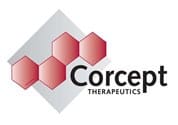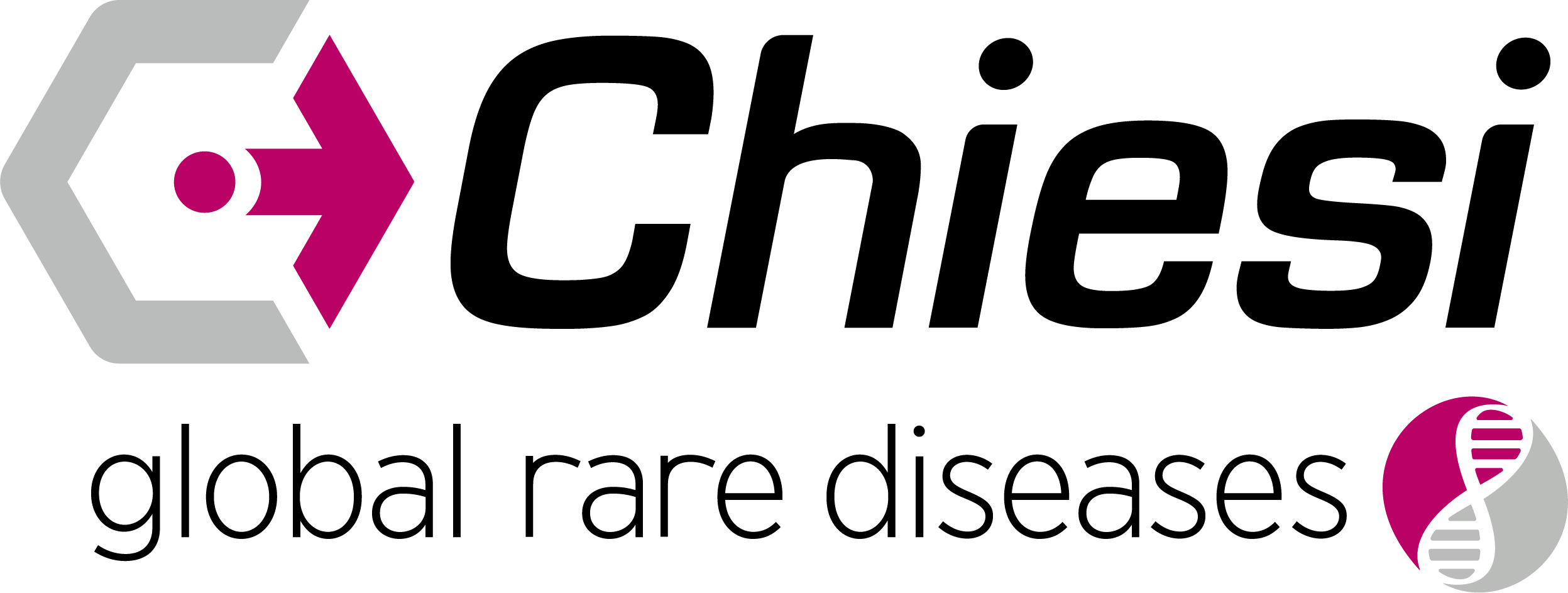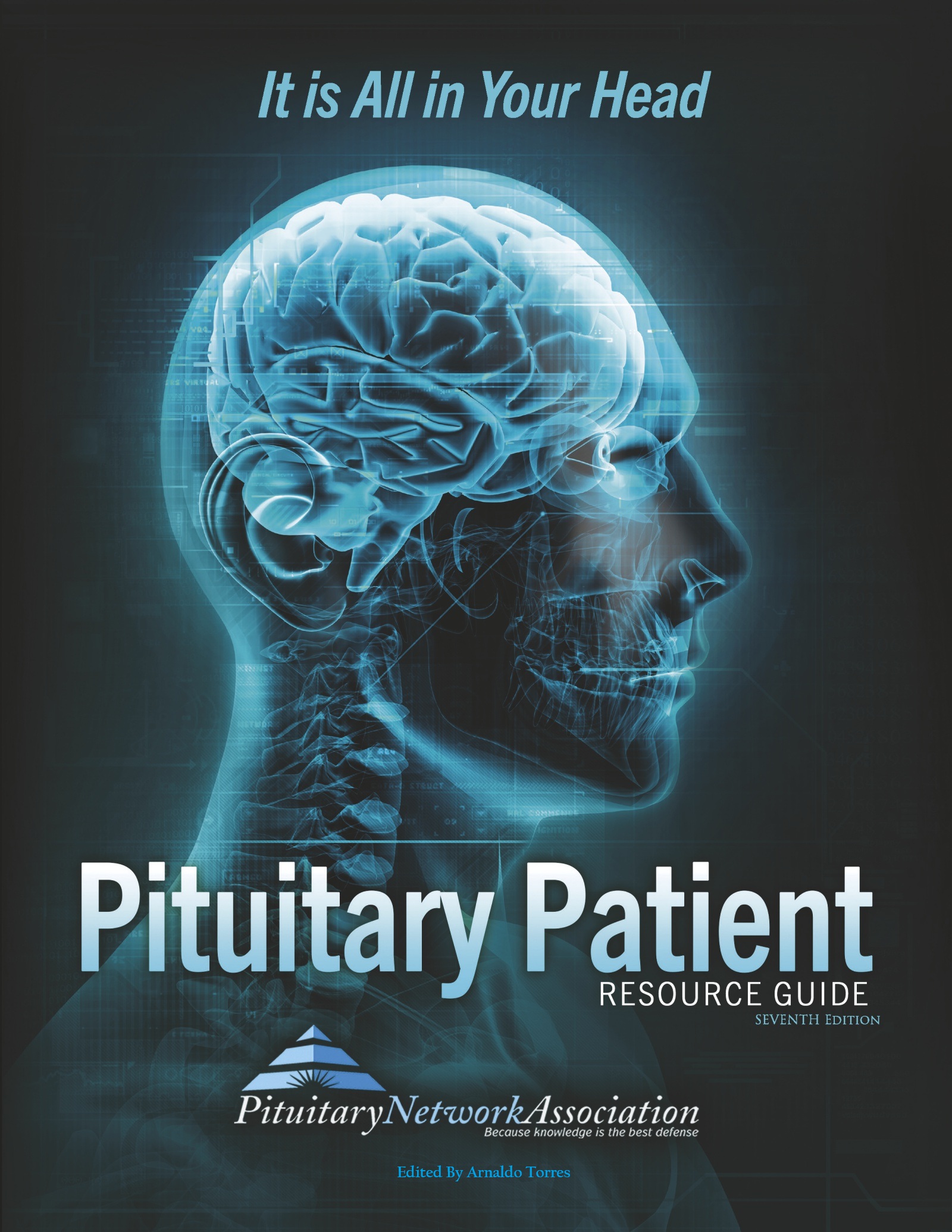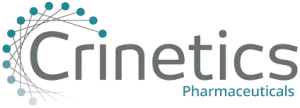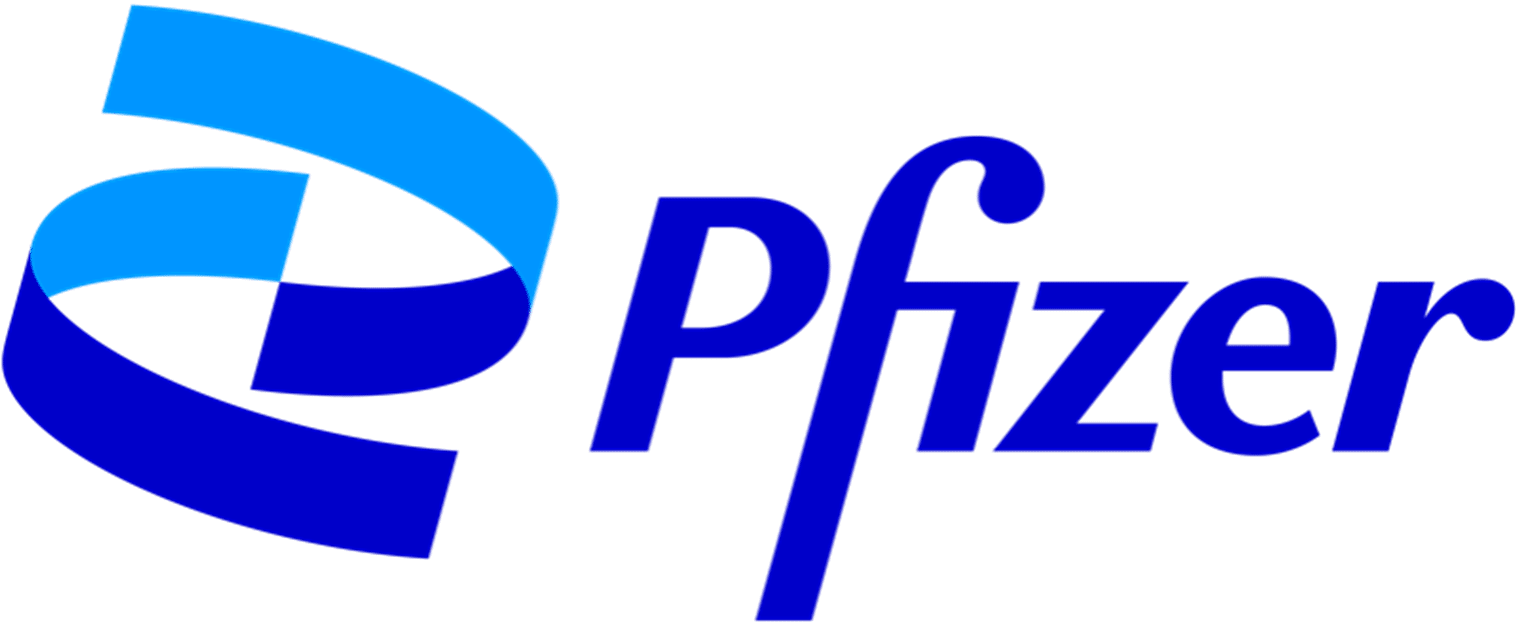News Articles February 2022
Written on 04 February 2022.
PNA Medical Corner: Somatotroph Adenoma in a Young Adult
 This month the PNA Medical Corner spotlights an article co-authored by a member of the PNA, Dr. Ursula Kaiser, Chief of the Division of Endocrinology, Diabetes and Hypertension at Brigham and Women’s Hospital and Professor of Medicine at Harvard Medical School. The case report looks at early onset excess of growth hormone in the context of a somatotroph adenoma in a young adult.
This month the PNA Medical Corner spotlights an article co-authored by a member of the PNA, Dr. Ursula Kaiser, Chief of the Division of Endocrinology, Diabetes and Hypertension at Brigham and Women’s Hospital and Professor of Medicine at Harvard Medical School. The case report looks at early onset excess of growth hormone in the context of a somatotroph adenoma in a young adult.
Early Onset GH Excess: Somatotroph Adenoma in a Young Adult
- • PMID: 37908473 PMCID: PMC10580480 DOI: 10.1210/jcemcr/luad030
Abstract
GH-secreting pituitary adenomas can cause gigantism or acromegaly, determined by onset before or after epiphyseal fusion of the distal ends of the radius and ulna. Overlapping phenotypes can occur when the condition presents peripubertally. Gigantism is associated with identifiable hereditary causes and genetic mutations in almost 50% of cases; genetic testing should be considered in patients with gigantism and early-onset acromegaly, especially (but not only) when pituitary tumors have aggressive features and/or are refractory to standard treatments. Here, we present a case of a young adult with a giant somatotroph adenoma resistant to multiple treatment modalities and negative for mutations in AIP, which encodes aryl hydrocarbon receptor-interacting protein.
Keywords: acromegaly; genetics; gigantism; pituitary.
© 2023 The Author(s). Published by Oxford University Press on behalf of the Endocrine Society.
November 2023 Research Articles
Pituitary Tumors
CAD System Design for Pituitary Tumor Classification based on Transfer Learning Technique.
Primary Sellar Neuroblastoma Masquerading as a Pituitary Macroadenoma.
Internal Carotid Artery Aneurysm Disguised as Pituitary Macroadenoma.
Ovarian Hyperstimulation Syndrome Caused by Functional Gonadotroph Pituitary Adenoma.
Pituitary Surgery
Healthcare disparities in pituitary surgery: a systematic review.
Imaging
Acromegaly
Cushing’s
Sheehan’s Syndrome
Sheehan’s Syndrome in India: Clinical Characteristics and Laboratory Evaluation.
Hormonal Health
Congenital Combined Pituitary Hormone Deficiency Attributable to a Novel PROP1 Mutation (467insT).
News Articles November 2023
When an Ear Infection Turned Out to Be a Pituitary Tumor
A story in the Daily Mail follows the case of a woman who visited her general practitioner for an ear infection and ended up being diagnosed with a pituitary tumor. Read more here:
Study: Cushing’s More Often Diagnosed in Pre-pubertal Boys than Girls
A study out of Turkey featured in Cushing’s Disease News finds that Cushing’s disease was diagnosed more often in prepubertal boys than girls, a reverse of what is seen in adults. The study also found that one third of benign pituitary tumors did not show up on MRI scans. Read more here:
Study: Therapeutic Touch and Music Improves Sleep in Menopausal Women
A study in the Journal Menopause finds that therapeutic touch and soothing music can improve sleep in menopausal women. Read more here:
British TV Star Discusses Pregnancy Battle with Hypophysitis
Emma Weymouth, a British reality star known for the show “Strictly Come Dancing”, discusses her diagnosis of hypophysitis during pregnancy. Read more here:
PNA Spotlight: Dr. Aaron Cohen-Gadol
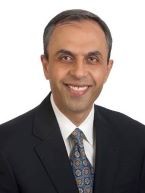 This month the PNA Spotlight focuses on Dr. Aaron Cohen-Gadol, a professor at Indiana University Department of Neurosurgery. He is the director of neurosurgical oncology and its fellowship, and co-director of the Signature Center for Brain and Neurological Tumors. Dr. Cohen-Gadol earned his undergraduate degree from the University
This month the PNA Spotlight focuses on Dr. Aaron Cohen-Gadol, a professor at Indiana University Department of Neurosurgery. He is the director of neurosurgical oncology and its fellowship, and co-director of the Signature Center for Brain and Neurological Tumors. Dr. Cohen-Gadol earned his undergraduate degree from the University
of California at San Diego and attended medical school at the University of Southern California. He then completed his residency training at Mayo Clinic in Rochester, Minnesota. He also completed fellowship training in two subspecialties: epilepsy surgery (Yale University) and skull base/cerebrovascular surgery (University of Arkansas.) In addition, Dr. Cohen holds a Master’s Degree in Clinical Research from Mayo Graduate School and an MBA from Kelley School of Business. His areas of interest include surgical treatment of complex intracranial tumors and vascular lesions.
He is the founder and president of The Neurosurgical Atlas (https://www.neurosurgicalatlas.com), a multimedia resource for neurosurgical techniques. Dr. Cohen-Gadol was kind enough to answer some questions posed by the PNA. His answers follow.
• What inspired you to choose your career path?
I have always been intrigued by the challenges of microsurgery and the required technical expertise for its performance as well as the anatomy of the central nervous system. These challenges provide an opportunity for the surgeon to innovate better surgical options for our patients. The rewards of neurosurgery in terms of affecting patients’ lives positively have been very gratifying, fulfilling and encouraging to me.
• What is the primary focus of your work/research?
The focus of my work has been refinement of operative routes to deep-seated brain tumors. The need to do more via less disruptive surgical approaches is of great interest to me. Minimizing the risk of any complication and promoting a faster patient recovery is the goal. I have also promoted neurosurgical research and education via my work with a not-for-profit organization called the Neurosurgical Atlas.
• What do you consider to be the future of your field?
The future will involve discovery of non-invasive modalities for treatment of brain and pituitary tumors including a variety of drugs that can not only shrink the tumor but also avoid its recurrence. Less invasive ways to remove brain tumors will continue to be explored further. Early diagnosis via more practical means may also be targeted for some tumors.
• What should patients know about your field/what deserves more recognition/awareness?
Our field is dynamic and constantly changing to improve the care for our patients. All surgeons strive to improve the care of their patients and appreciate the trust our patients have bestowed upon us.
• What would you like to convey about yourself to your patients?
It has been a true honor to participate in the care of my patients who have taught me so much. I have always believed that I have to perform not “the best I can do” but rather “the best anyone can do.”
• Why did you get involved with the PNA; what is the extent of your involvement?
I initially heard about the PNA via my colleagues. The PNA has been a special patient advocate and also a great partner for the providers who treat patients with pituitary tumors. The PNA’s mission is consistent with my mission. We can do so much more for our patients if we can join forces via patient advocacy organizations.
PNA Highlights October 2023

“Health is the greatest gift, contentment the greatest wealth, faithfulness the best relationship.” – Buddha
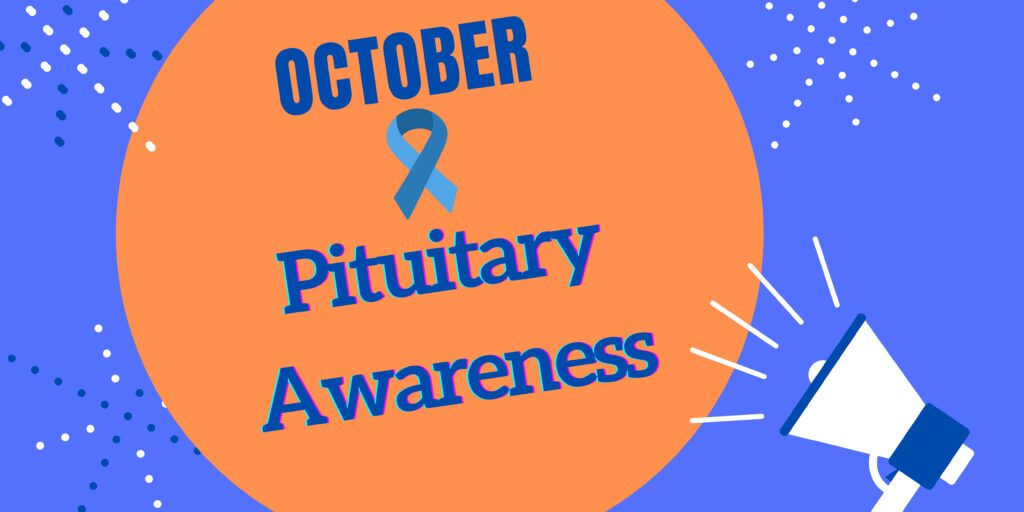
PNA Spotlight: Dr. Sandeep Kunwar
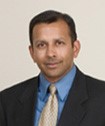 Dr. Sandeep Kunwar is an eminent neurosurgeon who serves on the PNA’s Board of Directors. He is surgical director of the California Center for Pituitary Disorders and a professor of neurosurgery at UCSF. He is also surgical director at the Taylor Bell Neuroscience Institute in the Washington Hospital Healthcare System in Fremont, CA. He opened his private practice there in 2006. He received a Bachelor of Arts degree from UC Berkeley in 1988. From 1991-2 he trained as a Howard Hughes Medical Institute Research Scholar at the National Cancer Institute, working in the laboratory of molecular biology. He went to graduate from UCSF medical school in 1993, did his residency there in neurological surgery in 1998, and joined the faculty upon completion in 1999. From 1997-98 he served as a Research Fellow in the Brain Tumor Research Center at UCSF. He was selected by renowned pituitary surgeon Dr. Charles Wilson to take over his practice upon retirement.
Dr. Sandeep Kunwar is an eminent neurosurgeon who serves on the PNA’s Board of Directors. He is surgical director of the California Center for Pituitary Disorders and a professor of neurosurgery at UCSF. He is also surgical director at the Taylor Bell Neuroscience Institute in the Washington Hospital Healthcare System in Fremont, CA. He opened his private practice there in 2006. He received a Bachelor of Arts degree from UC Berkeley in 1988. From 1991-2 he trained as a Howard Hughes Medical Institute Research Scholar at the National Cancer Institute, working in the laboratory of molecular biology. He went to graduate from UCSF medical school in 1993, did his residency there in neurological surgery in 1998, and joined the faculty upon completion in 1999. From 1997-98 he served as a Research Fellow in the Brain Tumor Research Center at UCSF. He was selected by renowned pituitary surgeon Dr. Charles Wilson to take over his practice upon retirement.
Dr. Kunwar specializes in gamma knife radiosurgery for metastatic and primary brain tumors, and uses the endonasal approach for pituitary tumors. His research works to improve surgical therapy for brain tumors, particularly glioblastomas. He has pioneered a minimally invasive surgical technique for skull-based tumors and has successfully applied that skill to transcranial and spine patients as well.
He was kind enough to answer questions from the PNA. His responses follow.
Count on your Xeris CareConnection™ Team for unparalleled Cushing’s Support
Cushing’s can be challenging, but there is support so patients can feel like themselves again. The main goal of treating Cushing’s is to get cortisol levels back to normal. This Pituitary Awareness Month, Xeris Pharmaceuticals® is highlighting the importance of one-on-one support for patients living with Cushing’s Syndrome and support for HCPs treating Cushing’s Syndrome.
Sign up to get dedicated support:
Patients: Sign up for support | Recorlev® (levoketoconazole)
HCP’s: Connect with Xeris support | RECORLEV® (levoketoconazole)
Have more questions? Call for more support at 1-844-444-RCLV (7258)
PNA Medical Corner: Early vs Delayed Fractionated Stereotactic Radiotherapy
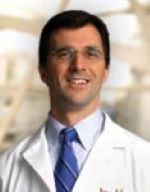 This month the PNA Medical Corner spotlights an article co-authored by Dr. James J. Evans of Thomas Jefferson University, a member of the PNA. The study finds that observation of nonfunctioning pituitary tumors with FSRT can delay the onset of hypopituitarism while maintaining similar effectiveness in tumor control”.
This month the PNA Medical Corner spotlights an article co-authored by Dr. James J. Evans of Thomas Jefferson University, a member of the PNA. The study finds that observation of nonfunctioning pituitary tumors with FSRT can delay the onset of hypopituitarism while maintaining similar effectiveness in tumor control”.
Link: https://doi.org/10.1016/j.wneu.2023.09.067
Early versus Delayed Fractionated Stereotactic Radiotherapy for Nonfunctioning Pituitary Adenoma
Copyright © 2024 Pituitary Network Association All rights reserved.
Disclaimer: PNA does not engage in the practice of medicine. It is not a medical authority, nor does it claim to have medical expertise. In all cases, PNA recommends that you consult your own physician regarding any course of treatment or medication.
Our mailing address is:
Pituitary Network Association
P.O. Box 1958
Thousand Oaks, CA 91358
(805) 499-9973 Phone - (805) 480-0633 Fax
Email [email protected]
You are receiving this Newsletter because you have shown interest in receiving information about our activities.
If you do not want to receive any more emails from PNA, Unsubscribe.
October 2023 Research Articles
Pituitary Tumors
Syndrome of inappropriate antidiuretic hormone with recurrent giant cabergoline-resistant prolactinoma.
Cerebrospinal fluid metabolomic pattern of different pituitary stalk lesions.
Comparative effectiveness of endoscopic and microscopic adenoma removal in acromegaly.
Clinical Factors Predicting Multiple Endocrine Neoplasia Type 1 and Type 4 in Patients with Neuroendocrine Tumors.
PD-L1 Expression in Pituitary Neuroendocrine Tumors/Pituitary Adenomas.
Pituitary Surgery
Clinical Outcomes of Combined Transcranial and Endoscopic Transnasal Approaches in the Management of Cranionasal Communicating Tumors.
Pituitary apoplexy during pregnancy with transsphenoidal resection and intraoperative fetal monitoring: A case report.
Pituitary Biology
Clinical practice and nomenclature of Pituitary neoplasms: Common sense must prevail
Imaging
Brain Tumor Classification from MRI Using Image Enhancement and Convolutional Neural Network Techniques.
A Novel Magnetic Resonance Imaging-Based Radiomics and Clinical Predictive Model for the Regrowth of Postoperative Residual Tumor in Non-Functioning Pituitary Neuroendocrine Tumor.
Hormonal Health
Adrenal Crisis in a Delayed Diagnosis of Sheehan Syndrome.
Psychoneuroendocrinology
Examining the relation among callous-unemotional traits and cortisol, alpha-amylase, and testosterone reactivity in legal system involved young men.
Cushing’s
Ectopic Cushing’s syndrome from a corticotropin-releasing hormone-secreting medullary thyroid carcinoma: a rare pitfall of inferior petrosal sinus sampling.
News Articles October 2023
Study: Pituitary Tumor Removal Surgery Safe in Patients over 75
An article in Express Healthcare Management looks at a study from France that found that surgery to remove a pituitary adenoma is safe for patients over age 75, with a low rate of complications. Read more:
Artificial Intelligence and Neurosurgical Training
An article by the BBC examines the use of artificial intelligence at University College London to train neurosurgeons. Within a few years, the technology may be able to condense ten years of training into two years.” Read more:
Study: Dexamethasone Suppression Ineffective in helping Diagnose Cushing’s Disease
An article in Cushing’s Disease News looks at a study from South Korea that finds that dexamethasone suppression before using PET did not improve the detection of pituitary tumors, as was previously thought. Read more:
Acromegaly Drug in Pill Form Shows Promise
A story in the San Diego Union Tribune looks at progress announced by a company called Crinetics toward a pill that can improve growth hormone levels in acromegaly patients. The preliminary results of the ongoing phase three clinical trial show that “83 percent of acromegalics who took the drug were able to maintain lower growth hormone levels”. This is significant because currently growth hormone is administered via painful shots using large-gauge needles. Read more:
PNA Medical Corner: Early vs Delayed Fractionated Stereotactic Radiotherapy
 This month the PNA Medical Corner spotlights an article co-authored by Dr. James J. Evans of Thomas Jefferson University, a member of the PNA. The study finds that observation of nonfunctioning pituitary tumors with FSRT can delay the onset of hypopituitarism while maintaining similar effectiveness in tumor control”.
This month the PNA Medical Corner spotlights an article co-authored by Dr. James J. Evans of Thomas Jefferson University, a member of the PNA. The study finds that observation of nonfunctioning pituitary tumors with FSRT can delay the onset of hypopituitarism while maintaining similar effectiveness in tumor control”.
Early versus Delayed Fractionated Stereotactic Radiotherapy for Nonfunctioning Pituitary Adenoma
- PMID: 37757941 DOI: 10.1016/j.wneu.2023.09.067
Abstract
Background: Fractionated stereotactic radiotherapy (FSRT) is a common modality used to treat pituitary adenomas with good control rates. It is currently unknown whether FSRT should be performed early or delayed until progression occurs
Objective: We compared FSRT in treating non-functional pituitary adenomas (NFPA) as an adjuvant (ADJ) or on-progression (PRG) therapy
Methods: A retrospective review of patients who underwent FSRT for a NFPA between January 2004 to December 2022 at a single institution was performed. We compared endocrinologic, ophthalmologic, and radiographic outcomes in FSRT delivered as ADJ and PRG treatment.
Results: 75 patients were analyzed, with a median follow-up of 53 months. FSRT was administered to 35 and 40 patients as ADJ and PRG, with a median time-to-treatment of 5.5 and 40 months, respectively. The tumor control rate was 94.3% for ADJ and 95.0% for PRG. Treatment resulted in four (11.4%) versus seven (17.5%) new endocrinopathies and two (5.7%) versus one (2.5%) new visual deficits for ADJ versus PRG. A survival analysis of time-to-new endocrinopathy showed no difference between the two cohorts. Median time from surgery to new endocrinopathy was significantly different between ADJ and PRG, at 15.5 and 102.0 months, respectively.
Conclusion: FSRT is effective in treating NFPA for residual and progressive tumors, with excellent tumor control rates and a low risk of developing new endocrinopathies and visual deficits. Delaying treatment delayed development of new endocrinopathies, suggesting that observation with FSRT on tumor progression may delay the onset of hypopituitarism while maintaining similar effectiveness in tumor control.
Keywords: FSRT; Fractionation; Pituitary adenoma; Recurrent; Residual; radiotherapy.
Copyright © 2023. Published by Elsevier Inc.
PNA Spotlight: Dr. Sandeep Kunwar
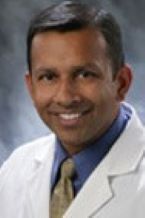 Dr. Sandeep Kunwar is an eminent neurosurgeon who serves on the PNA’s Board of Directors. He is surgical director of the California Center for Pituitary Disorders and a professor of neurosurgery at UCSF. He is also surgical director at the Taylor Bell Neuroscience Institute in the Washington Hospital Healthcare System in Fremont, CA. He opened his private practice there in 2006. He received a Bachelor of Arts degree from UC Berkeley in 1988. From 1991-2 he trained as a Howard Hughes Medical Institute Research Scholar at the National Cancer Institute, working in the laboratory of molecular biology. He went to graduate from UCSF medical school in 1993, did his residency there in neurological surgery in 1998, and joined the faculty upon completion in 1999. From 1997-98 he served as a Research Fellow in the Brain Tumor Research Center at UCSF. He was selected by renowned pituitary surgeon Dr. Charles Wilson to take over his practice upon retirement.
Dr. Sandeep Kunwar is an eminent neurosurgeon who serves on the PNA’s Board of Directors. He is surgical director of the California Center for Pituitary Disorders and a professor of neurosurgery at UCSF. He is also surgical director at the Taylor Bell Neuroscience Institute in the Washington Hospital Healthcare System in Fremont, CA. He opened his private practice there in 2006. He received a Bachelor of Arts degree from UC Berkeley in 1988. From 1991-2 he trained as a Howard Hughes Medical Institute Research Scholar at the National Cancer Institute, working in the laboratory of molecular biology. He went to graduate from UCSF medical school in 1993, did his residency there in neurological surgery in 1998, and joined the faculty upon completion in 1999. From 1997-98 he served as a Research Fellow in the Brain Tumor Research Center at UCSF. He was selected by renowned pituitary surgeon Dr. Charles Wilson to take over his practice upon retirement.
Dr. Kunwar specializes in gamma knife radiosurgery for metastatic and primary brain tumors, and uses the endonasal approach for pituitary tumors. His research works to improve surgical therapy for brain tumors, particularly glioblastomas. He has pioneered a minimally invasive surgical technique for skull-based tumors and has successfully applied that skill to transcranial and spine patients as well.
He was kind enough to answer questions from the PNA. His responses follow.
• What inspired you to choose your career path?
My interest in the brain started after a personal experience. I developed amnesia after a fall when living in Chicago while in elementary school. This lead to my fascination in how memory was processed, how chemical reactions can tell us that 2+2=4. Later in life, inspired by my father who loved working with his hands, I realized that I had an interest in neurosurgery. After attending medical school and residency at the University of California, San Francisco, my research and clinical interest focused on brain tumors. I was fortunate to work closely with Dr. Charlie Wilson who inspired the pursuit of perfection and always doing what is best for the patient. It was under Dr. Wilson’s tutelage that I understood the power of hormonal health on an individual’s quality of life, the elegance of transsphenoidal surgery for pituitary pathology, and the impact a single surgeon can have. He instilled in me the concept that we must strive to do better. When he retired two decades ago, I committed myself to improving the treatment of pituitary tumors, honing not only my surgical skills (we started performing the endonasal transsphenoidal approach in 2001, eliminating the need for nasal packing and shortening the hospital stay to one day for most patients) but my understanding of hormonal health. Although I work with the best neuro-endocrinologists at UCSF, I tried to learn as much as they know to best help my patients.
• What is the primary focus of your work/research?
My main work focus has been the treatment of pituitary tumors, in improving the outcomes and decreasing the complications. For example, we have worked on techniques to maintain or improve pituitary hormonal function. The goal of preserving the thinned out, damaged gland that remains is as important as curing/treating a tumor. This includes using multimodal therapy if needed to optimize a patient ‘s normal hormonal health. In the end, these are benign tumors and the results of treatment should never be worse than the disease. We need to minimize/eliminate the risks of damaging the gland (including diabetes insipidus), meningitis, and CSF leaks; and maximize our chance of curing the tumor. Finally, it is imperative to pass these skill sets to the next generation of surgeons.
• What do you consider to be the future of your field?
In the short term, the risks of surgery will decrease and the options for multimodal therapy will increase. For example, we will see better drugs to control hormonal hypersecretion, more focused and readily available ways to give radiation therapy (radiosurgery), and more uniform outcomes among different centers/surgeons. In the long run, I hope we can regenerate normal pituitary function in those patients that have lost their function because of their tumor or treatment.
• What should patients know about your field/what deserves more recognition/awareness?
The PNA has done an excellent job in educating patients about the importance of experience and multidisciplinary groups in the management of pituitary pathology. The greatest impact in outcome is technique and experience. Unfortunately, the tools used to perform surgery have become a focus for some. This has become a marketing tool which can confuse patients and detract from the main issues which are the surgeon’s experience/outcomes and the goals of treatment.
What deserves continued recognition is early diagnosis. The key to improving outcomes for all patients in the future is early diagnosis. It was this goal that made PNA so appealing to me. With early diagnosis, cure is easier to achieve, preservation of the normal gland function is more readily possible and the overall impact of hormone abnormalities can be limited.
• What would you like to convey about yourself to your patients?
There are many very talented and accomplished neurosurgeons, perhaps fewer spectacular pituitary-specific surgeons. It is important to choose a surgeon with experience and one who understands pituitary pathology, one who can explain his or her goals, outcomes and complications and most importantly, one you feel comfortable with. I’ve had the great honor to operate on over 2,500 pituitary patients. For each, it remains the best part of my job to take time to educate them about their disease, the cause of their symptoms, the anatomy of their tumor and our goals in treating their pathology. Maximizing cure must always be balanced with minimizing risk, and having a great team to help support the process are the key to success. I would thank all the patients who have put their faith in me – it is an honor and a privilege to be part of their care.
• Why did you get involved with the PNA; what is the extent of your involvement?
Education remains the most powerful tool in improving health, and that has been on the forefront of the PNA. I got involved with the PNA because of my respect and admiration for Robert Knutzen back in 2004. I served on the board early on and have contributed to the educational information available. I fully support the PNA’s focus on patient education and in improving earlier diagnosis.
PNA Highlights September 2023

The way you think, the way you behave, the way you eat, can influence your life by 30 to 50 years.
-Deepak Chopra
PNA Spotlight: Dr. Manish Aghi
 This month the PNA Spotlight focuses on Dr. Manish K. Aghi.Dr. Manish Aghi is a neurosurgeon specializing in brain tumors at UCSF Medical Center. He cares for adult patients with a wide range of conditions, including astrocytomas and anaplastic astrocytomas, oligodendrogliomas, glioblastomas, meningiomas and pituitary adenomas. As principal investigator at the UCSF Brain Tumor Research Center, his interests include glioblastoma angiogenesis, mechanisms of glioblastoma resistance to anti-angiogenic therapy and experimental glioblastoma therapies such as cancer-killing viruses.
This month the PNA Spotlight focuses on Dr. Manish K. Aghi.Dr. Manish Aghi is a neurosurgeon specializing in brain tumors at UCSF Medical Center. He cares for adult patients with a wide range of conditions, including astrocytomas and anaplastic astrocytomas, oligodendrogliomas, glioblastomas, meningiomas and pituitary adenomas. As principal investigator at the UCSF Brain Tumor Research Center, his interests include glioblastoma angiogenesis, mechanisms of glioblastoma resistance to anti-angiogenic therapy and experimental glioblastoma therapies such as cancer-killing viruses.
Professor Aghi earned his medical degree and a doctoral degree in neurosciences from Harvard Medical School. He completed a residency in neurosurgery at Massachusetts General Hospital. He is a member of the Society for Neuro-Oncology, American Association of Neurological Surgeons, Congress of Neurological Surgeons and Pituitary Network Association. Among his honors are the Preuss and Mahaley awards from the American Association of Neurological Surgeons, and the Ronald L. Bittner Award, Synthes Skull Base Award and Integra Foundation Award from the Congress of Neurological Surgeons.
His answers follow.
PNA Medical Corner: Pituitary Centers of Excellence
This month the PNA Medical Corner focuses on an article co-authored by several members and colleagues of the PNA: Drs. Chanson, Kaiser, Laws, van der Lely, and Melmed. It addresses a topic that PNA has sought to promote for decades: the designation of Pituitary Centers of Excellence, where patients can get highly specialized care
Link: https://pubmed.ncbi.nlm.nih.gov/37640885/
Pilot study to define criteria for Pituitary Tumors Centers of Excellence (PTCOE): results of an audit of leading international centers
Copyright © 2024 Pituitary Network Association All rights reserved.
Disclaimer: PNA does not engage in the practice of medicine. It is not a medical authority, nor does it claim to have medical expertise. In all cases, PNA recommends that you consult your own physician regarding any course of treatment or medication.
Our mailing address is:
Pituitary Network Association
P.O. Box 1958
Thousand Oaks, CA 91358
(805) 499-9973 Phone - (805) 480-0633 Fax
Email [email protected]
You are receiving this Newsletter because you have shown interest in receiving information about our activities.
If you do not want to receive any more emails from PNA, Unsubscribe.
Available Now!
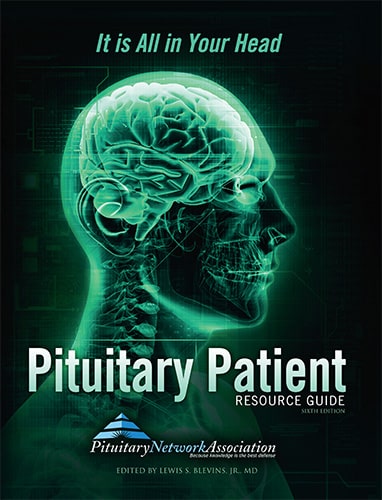
The Pituitary Patient Resource Guide Sixth Edition is now available! Be one of the first to have the most up-to-date information. The Pituitary Patient Resource Guide a one of a kind publication intended as an invaluable source of information not only for patients but also their families, physicians, and all health care providers. It contains information on symptoms, proper testing, how to get a diagnosis, and the treatment options that are available. It also includes Pituitary Network Association's patient resource listings for expert medical care.

Xeris Pharmaceuticals is valued member of the PNA











